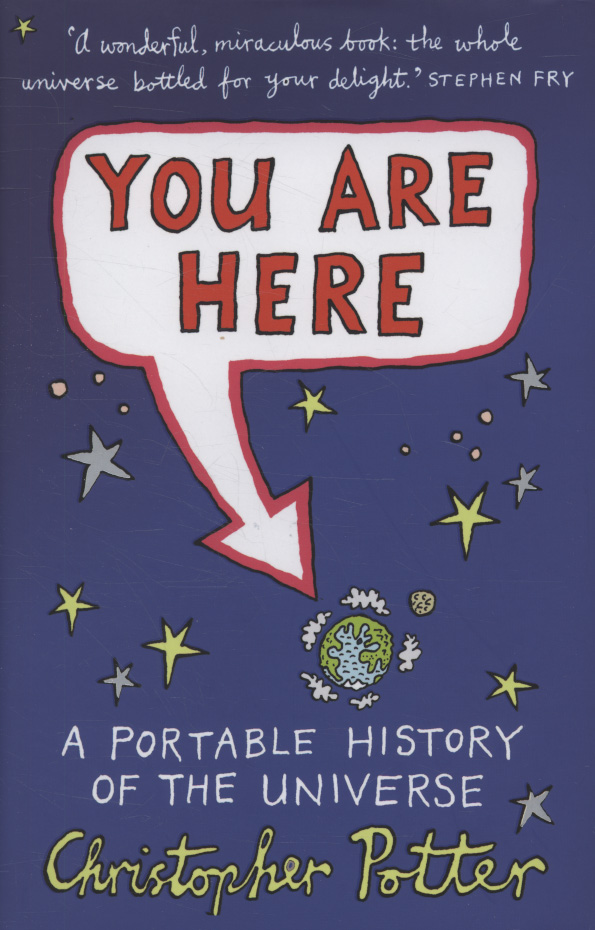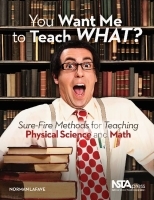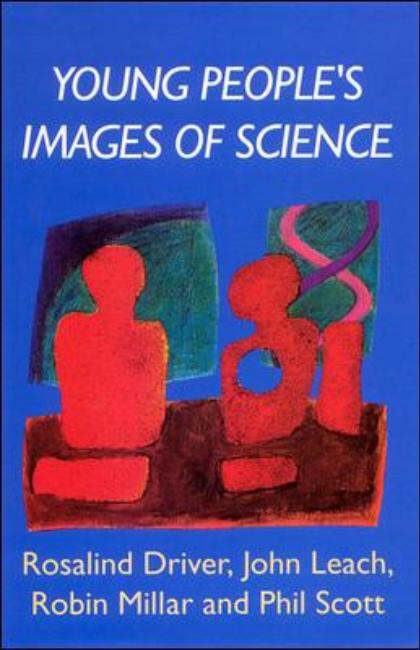Filters
Clear allSubject
- Careers (528) Apply Careers filter
- Climate Change (54) Apply Climate Change filter
- Computing (151) Apply Computing filter
- Creative arts and media (4) Apply Creative arts and media filter
- Cross curricular (137) Apply Cross curricular filter
- Design and technology (705) Apply Design and technology filter
- Engineering (480) Apply Engineering filter
- Food Preparation and Nutrition (46) Apply Food Preparation and Nutrition filter
- Health and safety (2) Apply Health and safety filter
- Leadership (24) Apply Leadership filter
- Mathematics (509) Apply Mathematics filter
- Personal development (25) Apply Personal development filter
- Psychology (30) Apply Psychology filter
- Space (21) Apply Space filter
- STEM Ambassadors (14) Apply STEM Ambassadors filter
- STEM Clubs (33) Apply STEM Clubs filter
Age range
Type
- Activity sheet (816) Apply Activity sheet filter
- Article (497) Apply Article filter
- Assessment (16) Apply Assessment filter
- Audio (55) Apply Audio filter
- Data set (14) Apply Data set filter
- Demonstration (61) Apply Demonstration filter
- Diagram (1) Apply Diagram filter
- Experiment (177) Apply Experiment filter
- Game (17) Apply Game filter
- Group work (42) Apply Group work filter
- Image (79) Apply Image filter
- Information sheet (321) Apply Information sheet filter
- Interactive resource (85) Apply Interactive resource filter
- Lecture (5) Apply Lecture filter
- Open-ended task (15) Apply Open-ended task filter
- Poster (47) Apply Poster filter
- Presentation (256) Apply Presentation filter
- Quiz (22) Apply Quiz filter
- Research (413) Apply Research filter
- Self assessment (4) Apply Self assessment filter
- Simulation (1) Apply Simulation filter
- Teacher guidance (1285) Apply Teacher guidance filter
- Textbook (187) Apply Textbook filter
- Video (716) Apply Video filter
- (-) Remove Include Physical Resources filter Include Physical Resources
Showing 9735 results
A Catalyst article looking at the methods used to power rockets. Solid rocket boosters and liquid fuel rockets are the two main propulsion systems used to power rockets and solar power is used to drive electrical equipment. This article looks at these power systems and the future for rocket science.
This...
This book looks at several aspects of how the mind works: *Making sense of the world * How we perceive * How we behave * Ways of learning * How we think and feel * What kind of person are you? You and Your Mind was one of the Science at Work series. All the booklets in the series were highly illustrated with...
This item is one of over 25,000 physical resources available from the Resources Collection. The Archive Collection covers over 50 years of curriculum development in the STEM subjects. The Contemporary Collection includes all the latest publications from UK educational publishers.

This book looks at the exploration of the universe and our relationship to it. It is the story of how something evolved from nothing, and how something became everything. It is the story of science: the greatest...

You Want Me to Teach What? avoids long discussions of education theory and specific lesson plans. Instead, it concentrates on general techniques for approaching a variety of problems and enhancing your teaching...
A whole library to yourself! Imagine what it would be like to have your own library so you could look up information for homework, projects or just for fun. The Young Learners Library is a series aimed at developing new vocabulary, reading, writing and research skills, which will give children a head start in...

What ideas about science do school students form as a result of their experiences in and out of school? How might science teaching in schools develop a more scientifically-literate society? How do school students...
The Science Education Tracker is a survey commissioned by the Wellcome Trust that helps build understanding of the experiences, aspirations and intentions of young people across England with respect to science and related disciplines. There are some reassuring findings in this representative study of over 4,000...
This comprehension activity, from Genetic Disorders UK, looks at the structure and function of the brain and central nervous system, and what can happen if the brain becomes damaged.
The information provided for...
This Catalyst article describes what it is like to work with laboratory animals, ensuring that they are treated ethically. The article focuses on the career of an animal technician making the point that a degree is not essential to pursue a career in science. There are many positions available each year for lab...
This item is one of over 25,000 physical resources available from the Resources Collection. The Archive Collection covers over 50 years of curriculum development in the STEM subjects. The Contemporary Collection includes all the latest publications from UK educational publishers.
Produced by the Wellcome Trust Sanger Institute, in this activity students make their own edible DNA double helix model out of Jelly Babies and cocktail sticks. In doing so, they find out about the basics of DNA structure and complementary base pairs.
The activity links with the 14-16 curriculum but can also...
In this demonstration of a displacement reaction, a piece of foil in the shape of a Christmas tree is placed in lead nitrate solution. Within a few minutes the tree becomes covered with sparkling crystals of lead.
This Catalyst article looks at how Californians are being encouraged to prepare for the next big earthquake. It describes how earthquakes are produced by the relative movement of tectonic plates and how their intensity is measured using the Moment Magnitude scale. The article can be used to stimulate discussion on...
From the Wellcome Trust Sanger Institute, this resource contains an animation that takes a journey which zooms in from the surface of the body into a cell. It illustrates the relationship between the nucleus, chromosomes, genes and DNA.
Each stage is at higher magnification to show where the genome is found...
